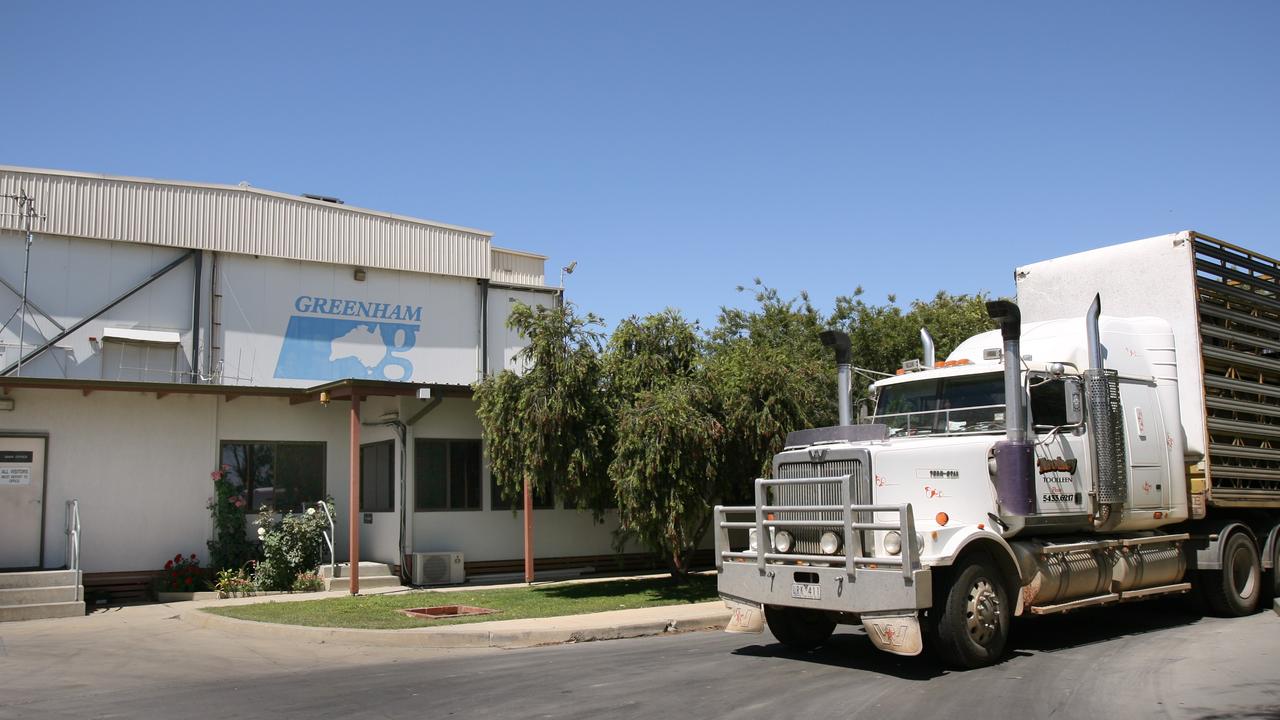First-cross ewe prices high, but hardly silly money
Big money being splashed on first-cross ewes at the feature Bendigo sales poses questions. Our expert analyst outlines the options for producers who aren’t necessarily in the league.

PRICE records are the sum of the best stock selling to the best producers who operate in the top layer of the market when it comes to finishing lamb or cattle.
For those farmers who are not in the league - and let’s face it that is the bulk of us – last week’s big money for first-cross ewes at the feature Bendigo sales really just pose questions about what other options are out there.
Merino versus crossbred; older ewes versus young.
But firstly, the background stories to some of the remarkable money paid at Bendigo last week shows that records don’t necessarily mean silly money.
The big headline sale out of Bendigo last week was $444 for first-cross ewe lambs aged 9-10 months.
Bred by Geoff and Di Allan of Melrose at Mathoura in southern NSW, they were superb, presenting with an average weight of 63kg liveweight which puts them in the league of the 1½-year-olds for size.
They sold to Windemere farmer Chris Powell, who has been a repeat buyer of these lambs over several years.
He said they would essentially have “another spring’’ put on them from the latter green feed in the south before being joined in late January.
And, on past performances, they could reliably expect a lambing of 130 to 140 per cent out of them.
Mr Powell said they sold a cut of lambs as suckers, before shearing the balance and growing them out to big export weights.
Being later country, their suckers don’t get sold until December.
The interesting comment was last season their shorn lambs were tracking at a $300 average.
“We did very well out of lambs last year, and also with old ewes, and that has given us money to play with,’’ he said.
The record of $448 for grown 1½-year-old ewes was paid by Tim Fraser, Yalla-Y-Poora Estate at Tatyoon for the lead run of Lynda Cartwright’s annual draft of crossbreds.
He said so far this spring they had sold 600 sucker lambs for an average of $234, with the top price so far $247 – returns that would rate in the top 5 per cent at any major prime sale.
Their old ewes are yet to be sold, but as they have been buying the Cartwright ewes for a decade with their entire flock now based on these big sheep the cull ewes would be worth in excess of $220.
On a good mutton day, such as Bendigo earlier this week, big crossbred ewes can command up to $260.
Mr Fraser said from a financial perspective, the cheque to buy replacement ewes had become bigger, but it was supported by the income from lambs and mutton.
“Even though ewe prices have got so high, the changeover is not too bad, it’s just that the numbers have got bigger,’’ Mr Fraser said.
There was a consistent theme of repeat buyers with high-end production figures purchasing the top priced young ewes last week. So while those records should be celebrated, it should also be acknowledged that they are based on sound trading from the top end of the market.
For the rest of us it comes down to options. Nutrient auctioneer Nick Byrne said while the drop in wool prices had taken the gloss off Merino ewes as an investment, the high demand and step-up in value for crossbred sheep put them back in the frame.
“Around $350 will buy you the top 1½-year-old Merino ewes at any sale, while you are struggling to get a joinable first-cross ewe lamb for that,’’ Mr Byrne said.
“And while wool has come back it is still possible to cut $50, and the good operators can get 120 per cent lambs out of a Merino.’’
According to AuctionsPlus, the price average for younger Merino ewes (aged two to four years) sold online last week was $252.
The average for older Merino breeders was $214 — although within those averages was some pretty big price spreads of anything from $162 to $375. The message being there are still opportunities to investigate.
An interesting trend Mr Byrne had noted was a price discrepancy for Merino ewes being sold in Victoria compared with NSW, with the north still the restocking hot spot thanks to consistent rain and low stock numbers.
For those who specialise in growing out crossbred ewes, the problem of store ewe lambs now being expensive in relation to the finished product is an issue, similar to the difficulties facing cattle traders.
Consider these figures from Bendigo last week.
The price average for grown yearlings and 1½-year-old crossbred ewes on Friday was $368, compared with $330 for ewe lambs. It leaves a gross margin of just $40 between the two groups.
And while you could carve $20 to $30 off the ewe lamb price because most lambs that are grown out for another year are at the lower end of the lamb market, it still doesn’t leave a big margin on paper.
The Weekly Times was given an example of one load of lambs destined for growing out costing $290.
Even working on last week’s impressive average of $390 for 1½-year-old ewes at Wednesday’s sale, it gives a 12 month margin of $100.
But it all comes down to how you can work the figures and the sheep to your advantage.


